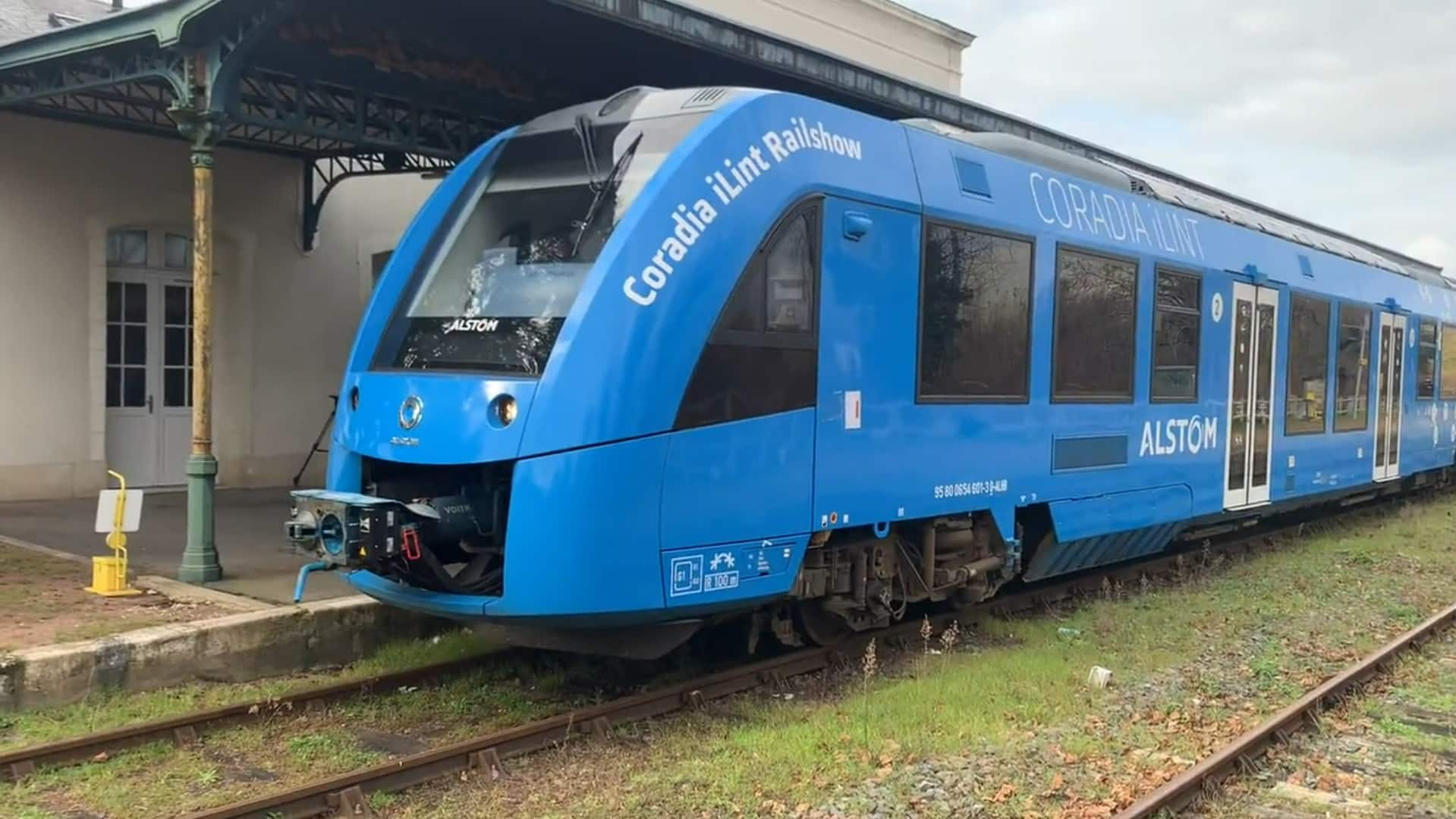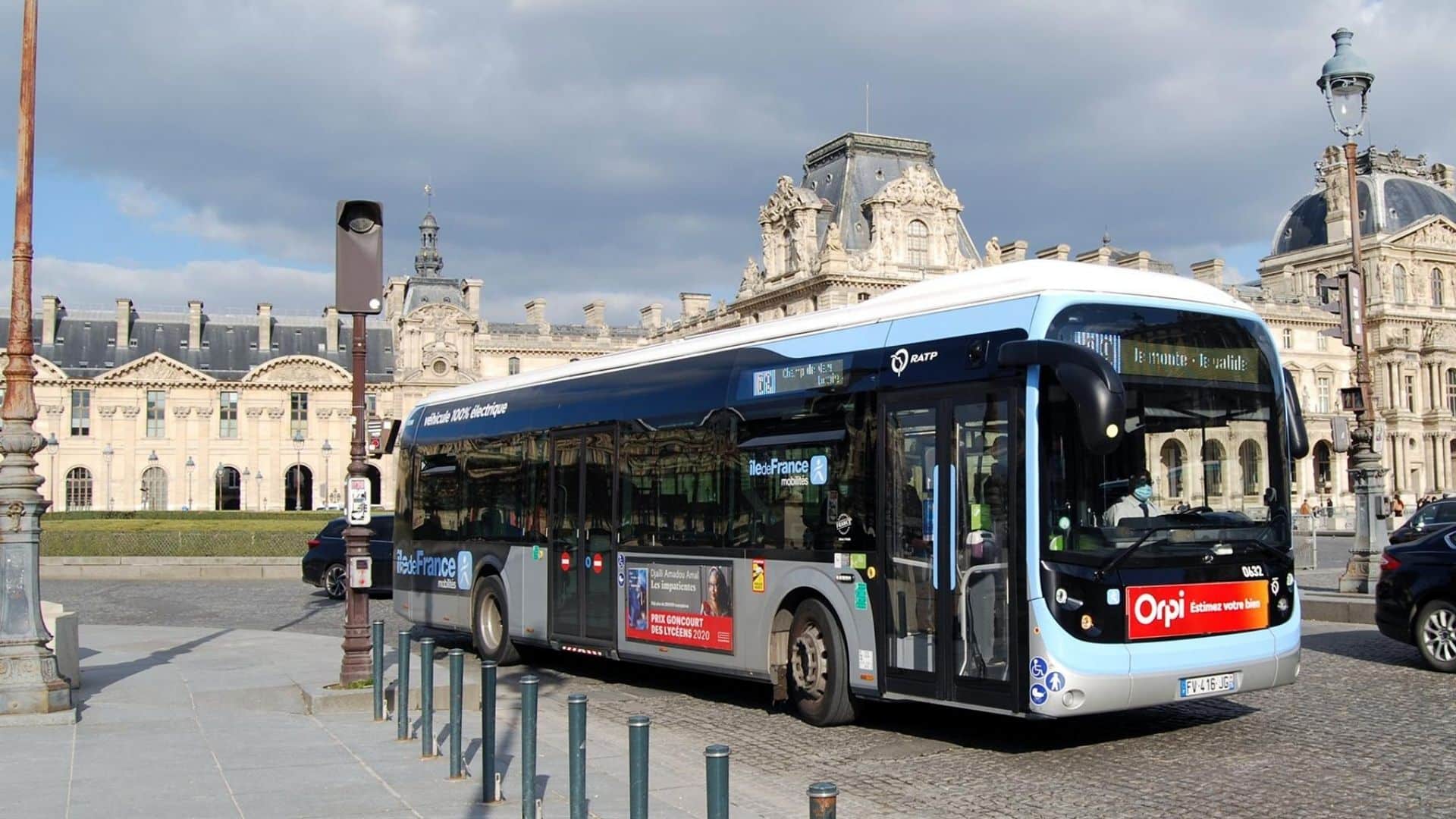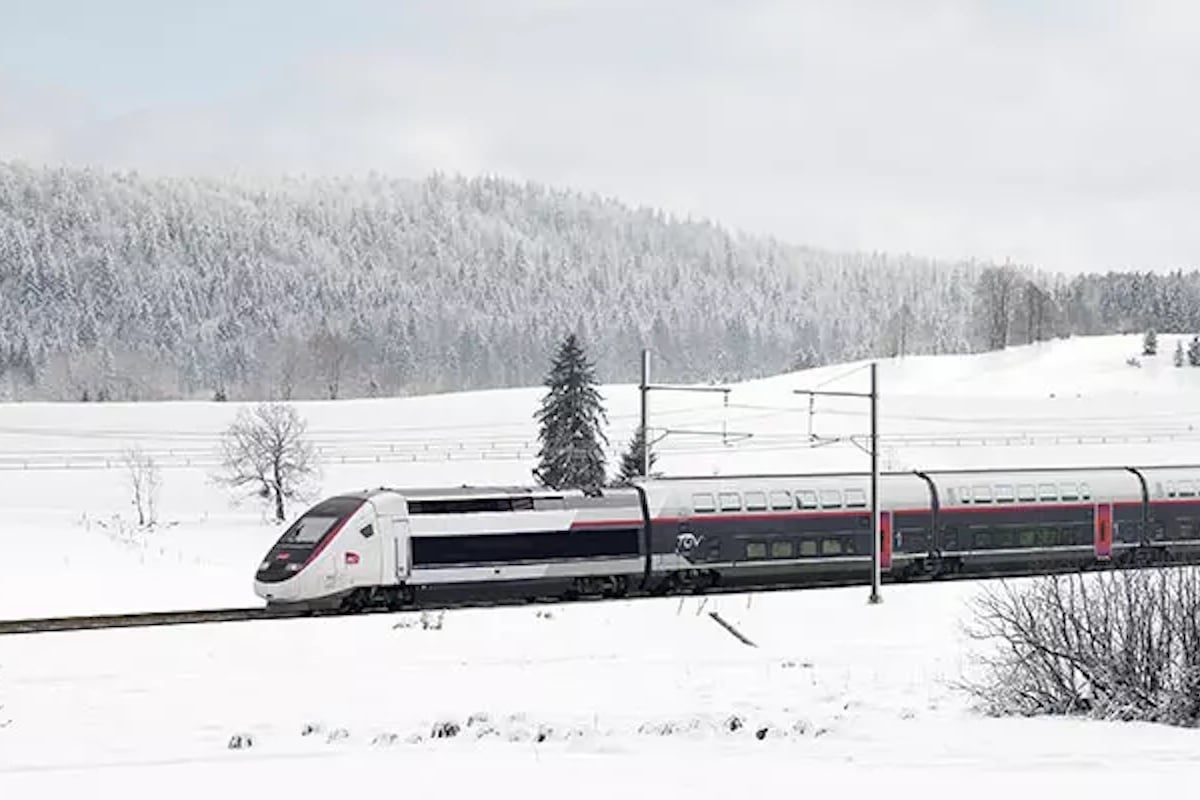The first hydrogen train operates in France

Rolling along the Tours-Loches line, France’s first hydrogen train begins testing ahead of possible certification.
The electric train has been in operation for decades, but will hydrogen be able to decarbonize the remaining diesel services on rails? In any case, it will still take some time, as this technology is slow to gain widespread adoption. France does not plan to operate this type of public transportation before 2024, whereas Germany has already launched its line with Alstom Coradia iLint trains. But France is nonetheless making progress on the subject.
A 3-day trial
The hydrogen train from Alstom conducted its tests on the Tours-Loches line. Over three days, this Coradia iLint H2 trainset made round trips between Reignac and Loches stations, in the Indre-et-Loire department. The exercise, however, resulted in train cancellations.
It also comes at a cost, approximately €300,000. But it is an investment, as the Centre-Val de Loire region aims to phase out its last thermal locomotives. This hydrogen train could replace the remaining 17% of diesel-powered trains still in operation.
Overall, this train has already traveled 220,000 kilometers, received 41 orders, and will also undergo a commercial trial in Quebec this summer 2023.
First trains in 2024, but hybrid
While the hydrogen train is not yet connecting French stations, some regions have adopted an intermediate solution. Twelve Alstom trains, specifically bi-mode Coradia Polyvalent units, will operate in Auvergne-Rhône-Alpes, Bourgogne-Franche-Comté, Grand Est, and Occitanie. And soon, the fifth region, Centre-Val de Loire? “Five years is a very achievable timeframe” declared François Bonneau, president of the Centre-Val de Loire region.
This solution is preferable on routes where overhead catenaries partially provide electric power, then switching to hydrogen on non-electrified tracks. All without emitting any polluting or greenhouse gases, as hydrogen only releases water when used.
Read also: China launches the world’s fastest hydrogen train
This page is translated from the original post "Le premier train à hydrogène circule en France" in French.
We also suggestthese articles:
Also read






